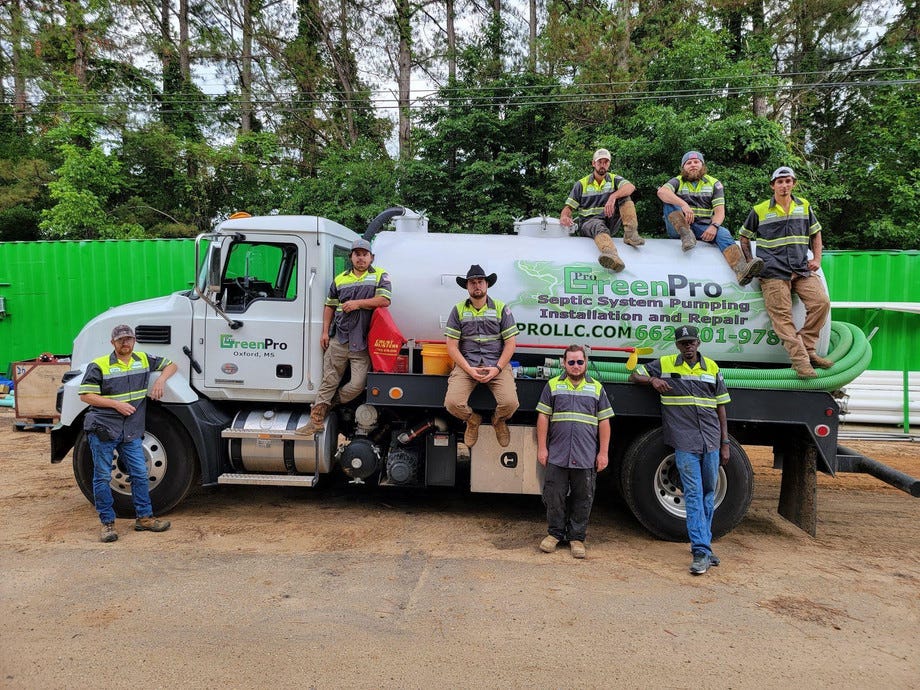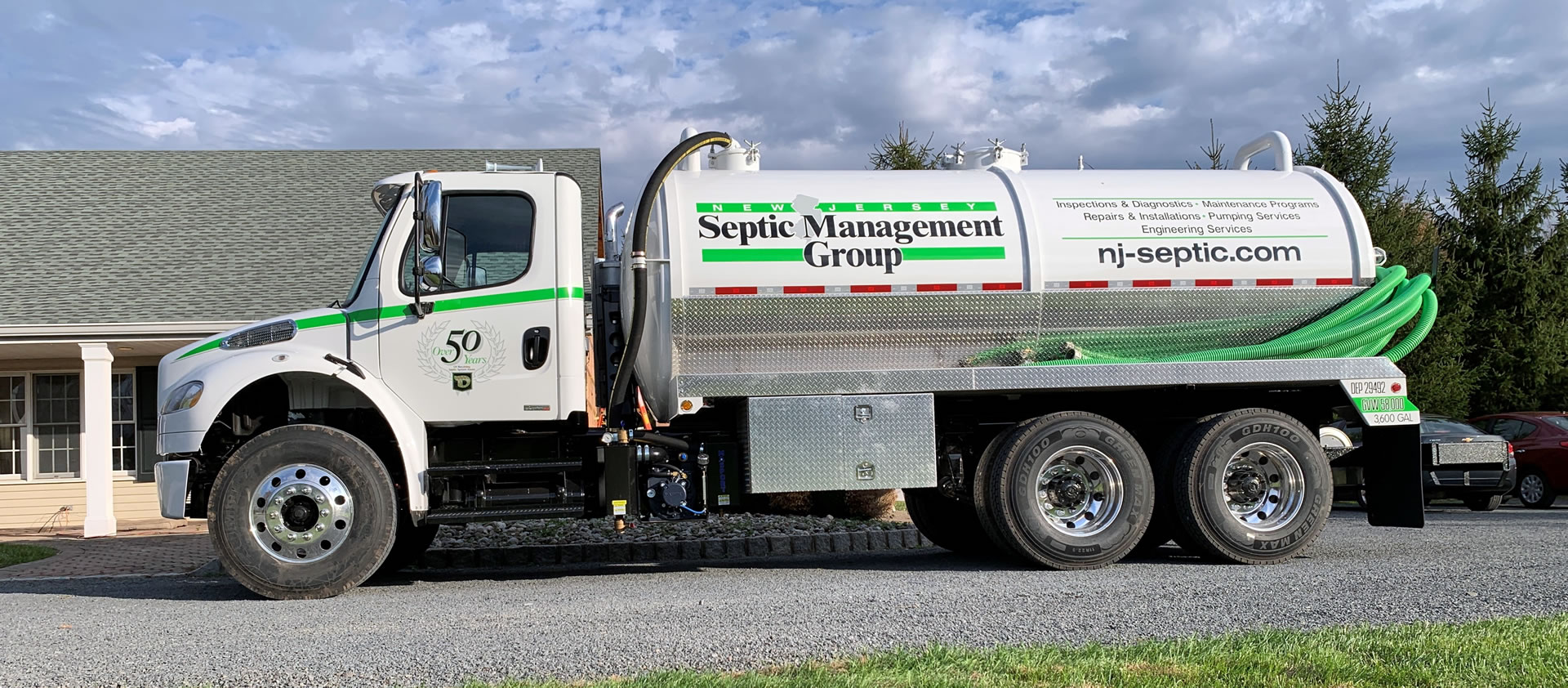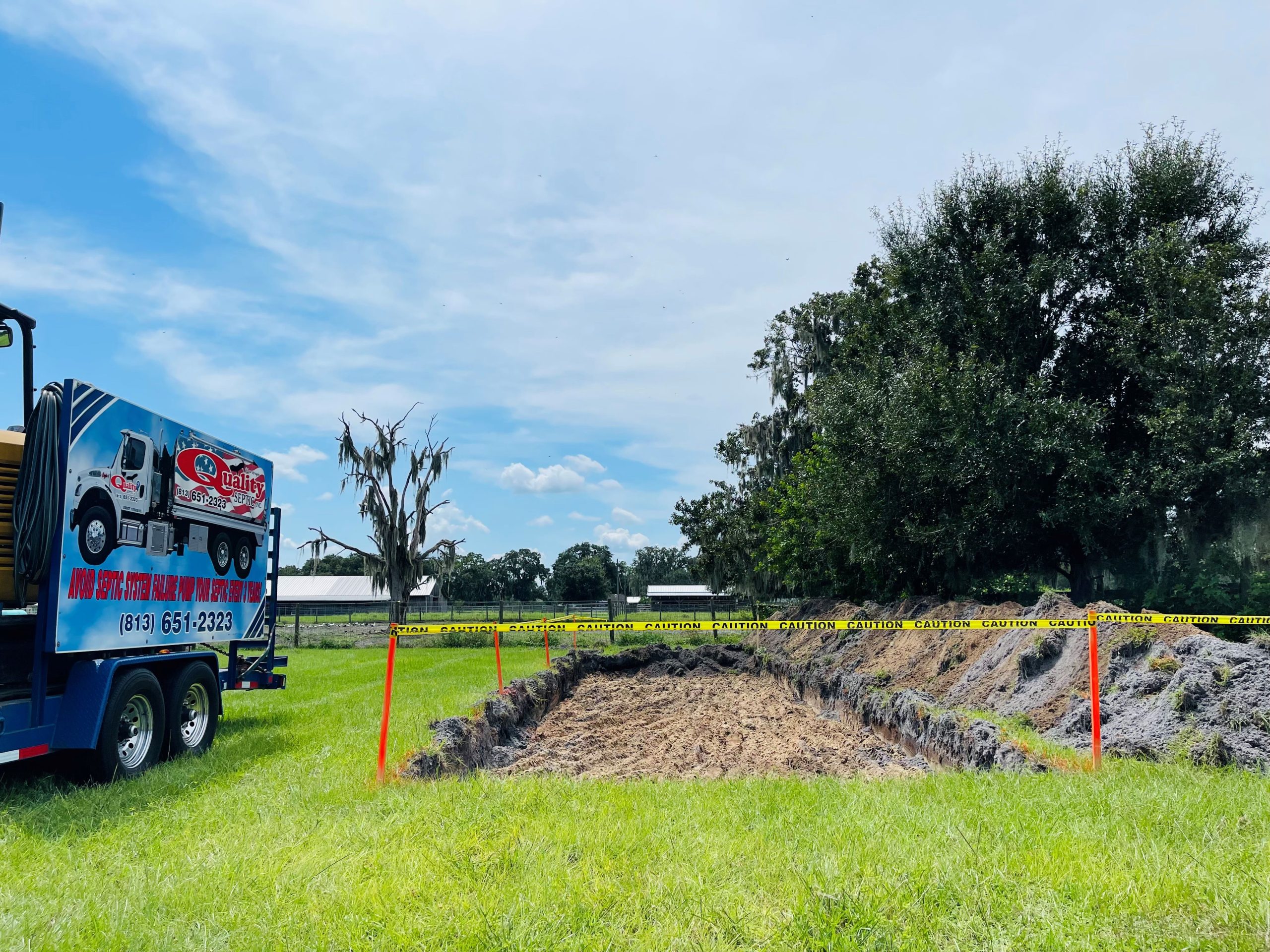Some Known Incorrect Statements About Stillwell Septic And Grading
Some Known Incorrect Statements About Stillwell Septic And Grading
Blog Article
Little Known Questions About Stillwell Septic And Grading.
Table of ContentsNot known Facts About Stillwell Septic And GradingHow Stillwell Septic And Grading can Save You Time, Stress, and Money.Top Guidelines Of Stillwell Septic And GradingThe 7-Second Trick For Stillwell Septic And GradingNot known Details About Stillwell Septic And Grading Our Stillwell Septic And Grading IdeasThe Single Strategy To Use For Stillwell Septic And Grading

Home owners need to also enlighten themselves on the essentials of septic tanks to guarantee they make informed decisions throughout the setup process - Septic Tank Pumping. Septic tanks are a crucial part of several homes that are not linked to a community drain system. They are designed to treat and throw away family wastewater on-site
The sewage-disposal tank is a large, underground container constructed from concrete, fiberglass, or plastic. It receives all the wastewater from the home, including water from sinks, bathrooms, showers, and cleaning machines. The container separates the solid waste from the fluid waste. The strong waste works out to the bottom of the container, while the liquid waste, or effluent, rises to the top.
Getting The Stillwell Septic And Grading To Work
Along with routine upkeep, house owners must likewise bear in mind what they purge down their drains. Items such as grease, oil, coffee grounds, and feminine health items can clog the system and cause backups. It is additionally essential to conserve water and avoid overloading the system. Simple procedures such as dealing with dripping taps and bathrooms, setting up low-flow showerheads and toilets, and expanding laundry tons can help reduce water usage and extend the life of the septic tank.
The topography of the site is likewise examined to make sure that the septic tank is set up at the correct elevation. https://www.storeboard.com/stillwellsepticandgrading. The system should be set up at a higher elevation than the bordering area to avoid contamination of the surrounding environment. Problems are the minimal distances called for by regulation between the septic system and various other frameworks or attributes such as wells, buildings, and building lines
The elevations will certainly ensure that the septic system operates appropriately, and wastewater is successfully treated. It makes sure that the septic system is set up in the most optimum location, taking right into factor to consider the dirt, topography, and obstacles.
Getting My Stillwell Septic And Grading To Work
Prior to installing a septic storage tank, property owners require to obtain licenses and comply with regulations. Some of the authorizations and regulations that property owners require to take into consideration consist of:: Homeowners need to get a permit from the regional health and wellness division or building department before mounting a septic system.
Some municipalities might require a minimum lot size for septic system installation.: Property owners require to comply with ecological regulations when installing a septic system. https://issuu.com/stillwellsag. As an example, some states may need an environmental impact assessment before mounting a septic system.: House owners require to abide by construction guidelines when mounting a septic tank.
Facts About Stillwell Septic And Grading Revealed
Some towns might call for routine this contact form evaluations and pumping of the septic storage tank. It is vital for homeowners to acquire authorizations and abide with policies before installing a septic system.
One of the most essential elements to think about when picking a septic tank is the size. A septic system that is too small for the home's requirements will need even more regular pumping, while a container that is as well huge can cause too much water accumulation and possible system failure. A general general rule is that the storage tank must be able to hold at the very least 2 days' well worth of wastewater.
Stillwell Septic And Grading - An Overview

It's likewise important to consider the type of system the septic container will certainly be used with. There are two major kinds of septic systems: gravity and stress.
Some Known Incorrect Statements About Stillwell Septic And Grading
Generally, choosing the best septic storage tank for a home is an essential decision that calls for cautious consideration. Before setting up a septic storage tank, property owners must take specific steps to prepare for the installment process.
Here are some necessary precaution to comply with: Wear safety gear: House owners need to wear protective equipment, such as handwear covers, boots, and helmets, to avoid injury during the installment process. Avoid electric lines: Property owners need to avoid excavating near electrical lines to prevent electrocution. Usage caution when running heavy equipment: Homeowners need to utilize caution when operating heavy machinery to protect against mishaps and injuries.
Stillwell Septic And Grading Fundamentals Explained
By adhering to these vital actions, property owners can make sure an effective septic system setup process. Septic storage tank setup is an essential process that needs mindful preparation and implementation. Home owners who are installing a sewage-disposal tank for the very first time ought to be aware of the important steps associated with the process to ensure that their septic system functions efficiently and successfully.

Report this page